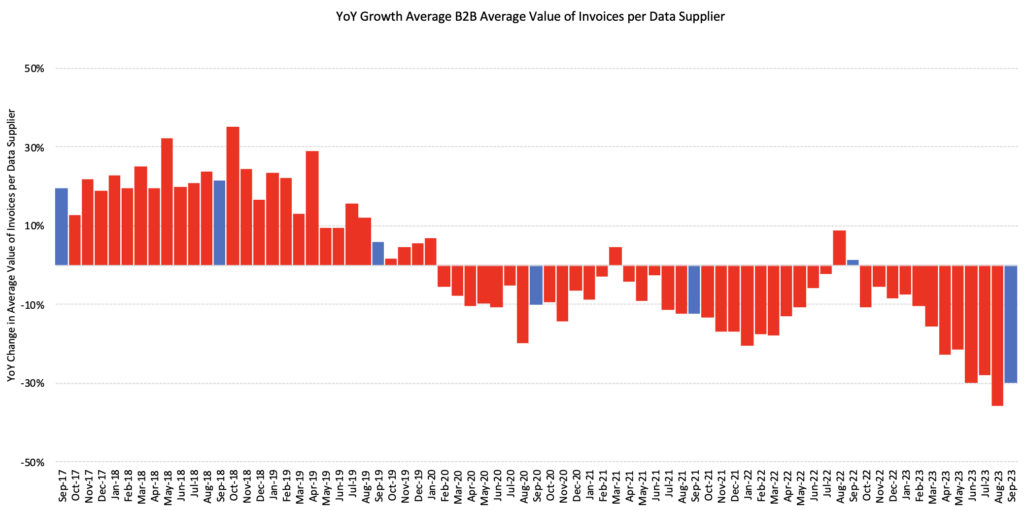The Australian labour force remains relatively resilient, with an additional 6,700 people gaining employment over the month of September. However, digging deeper into the data, the change in employment – a decrease in the unemployment rate from 3.7% to 3.6% – was due to an increase in part time employment, and decrease in full time employment. Overall hours worked actually decreased by 0.1%, and the participation rate also fell from record highs, to 66.7%, supporting our case for another rate hold at the RBA’s November meeting.
This data suggests some easing in the tightness of the labour force, and may also reflect lower hours worked in industries that offer more casual hours. The discretionary retail sector is being heavily impacted by very low consumer confidence and high interest rates and is also a large employer of workers on hourly rates. It is therefore not surprising that hours worked is starting to fall. The construction sector also is a large employer of casual labour, and the slowdown in building approvals is also starting to bite this sector.
CreditorWatch’s annual value of invoices for small businesses has been decreasing for some time, reflecting the lower job values the sector is currently experiencing. While not a new trend, it is continuing following lockdown periods, when we first recorded the value of invoices dropping. This suggests that smaller businesses are probably feeling the slowdown in business conditions earlier than bigger businesses, and reducing hours of work offered as a result.


Get started with CreditorWatch today
Take your credit management to the next level with a 14-day free trial.

